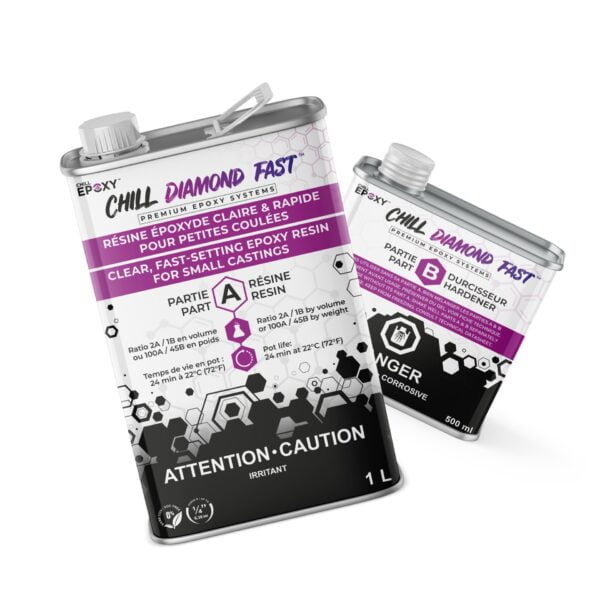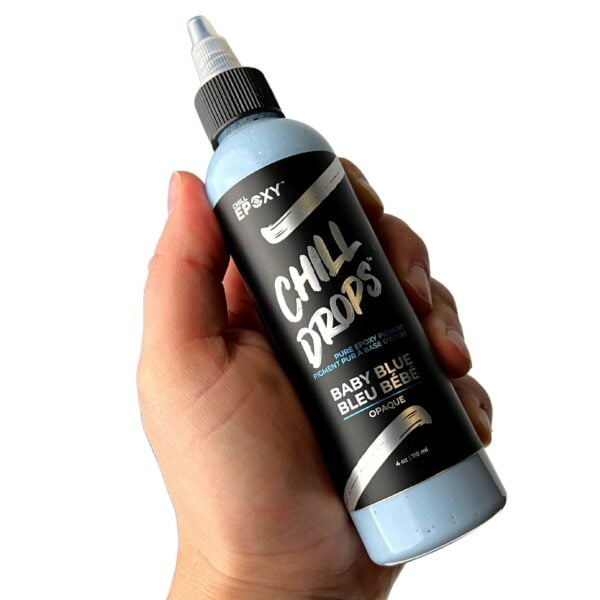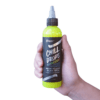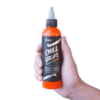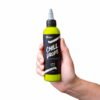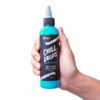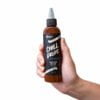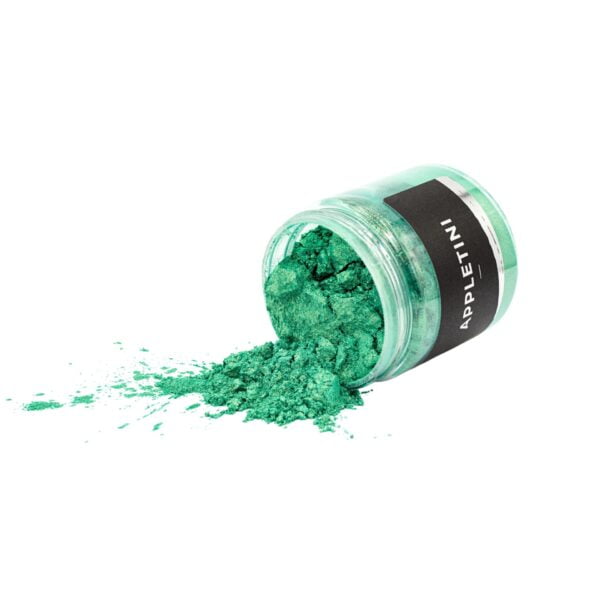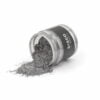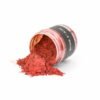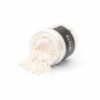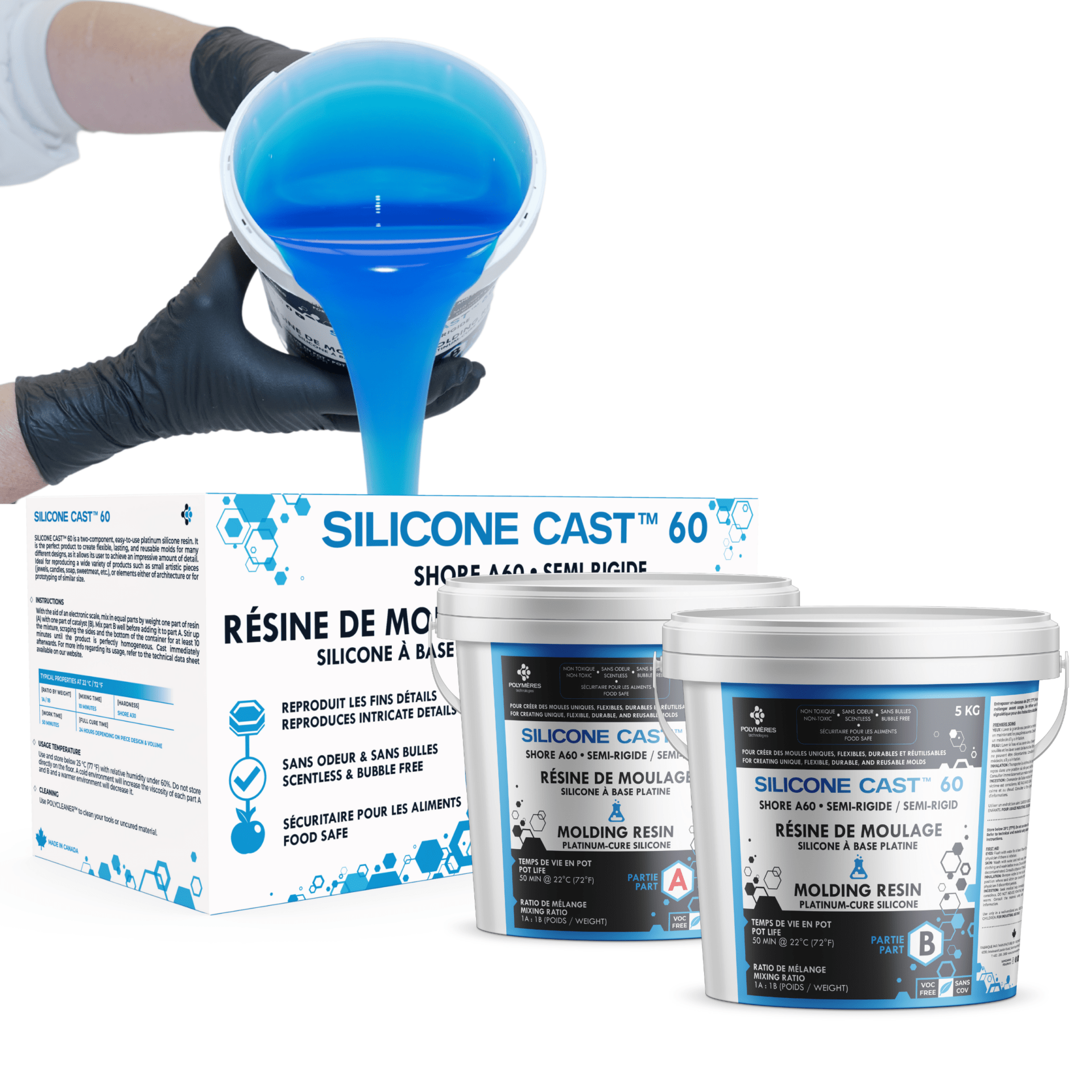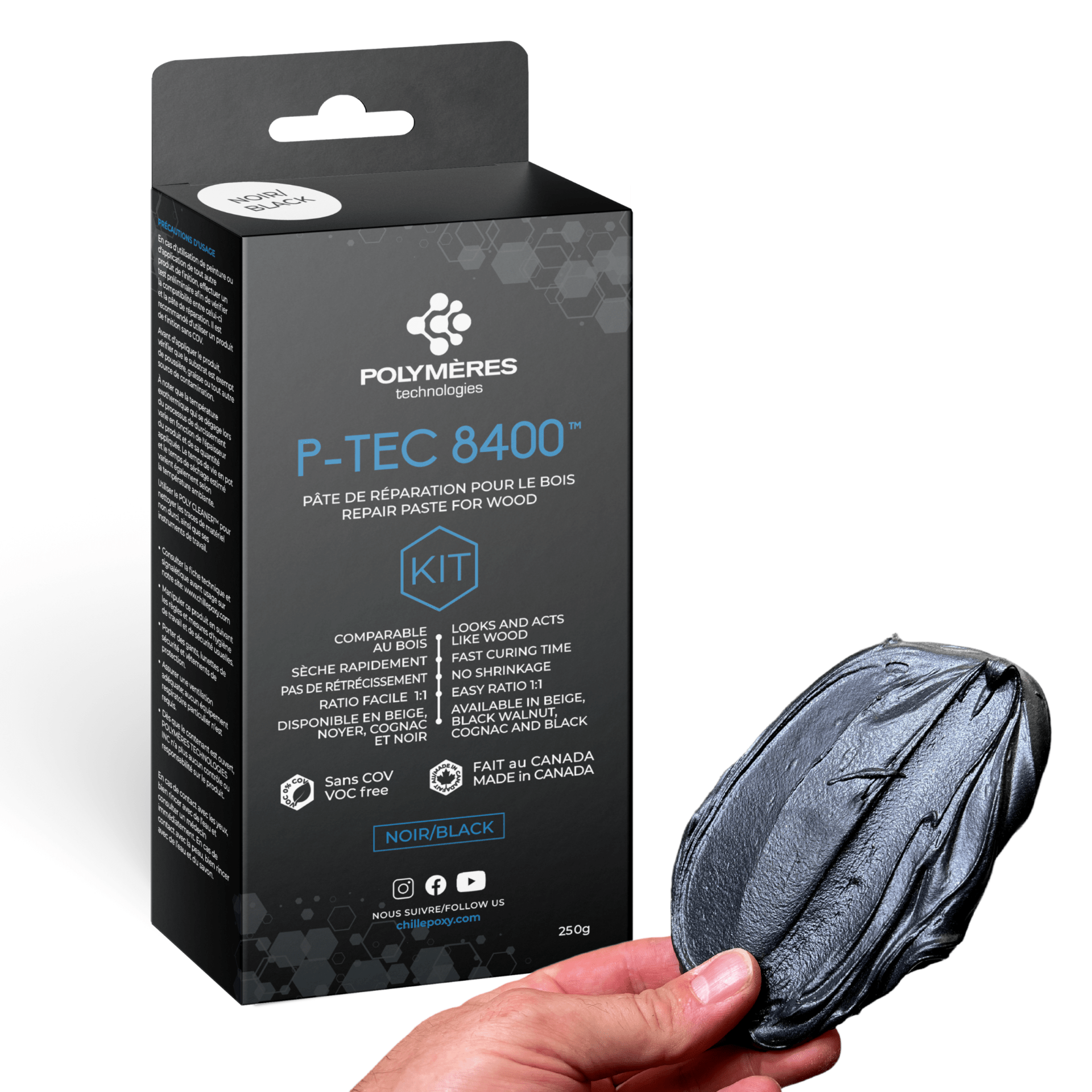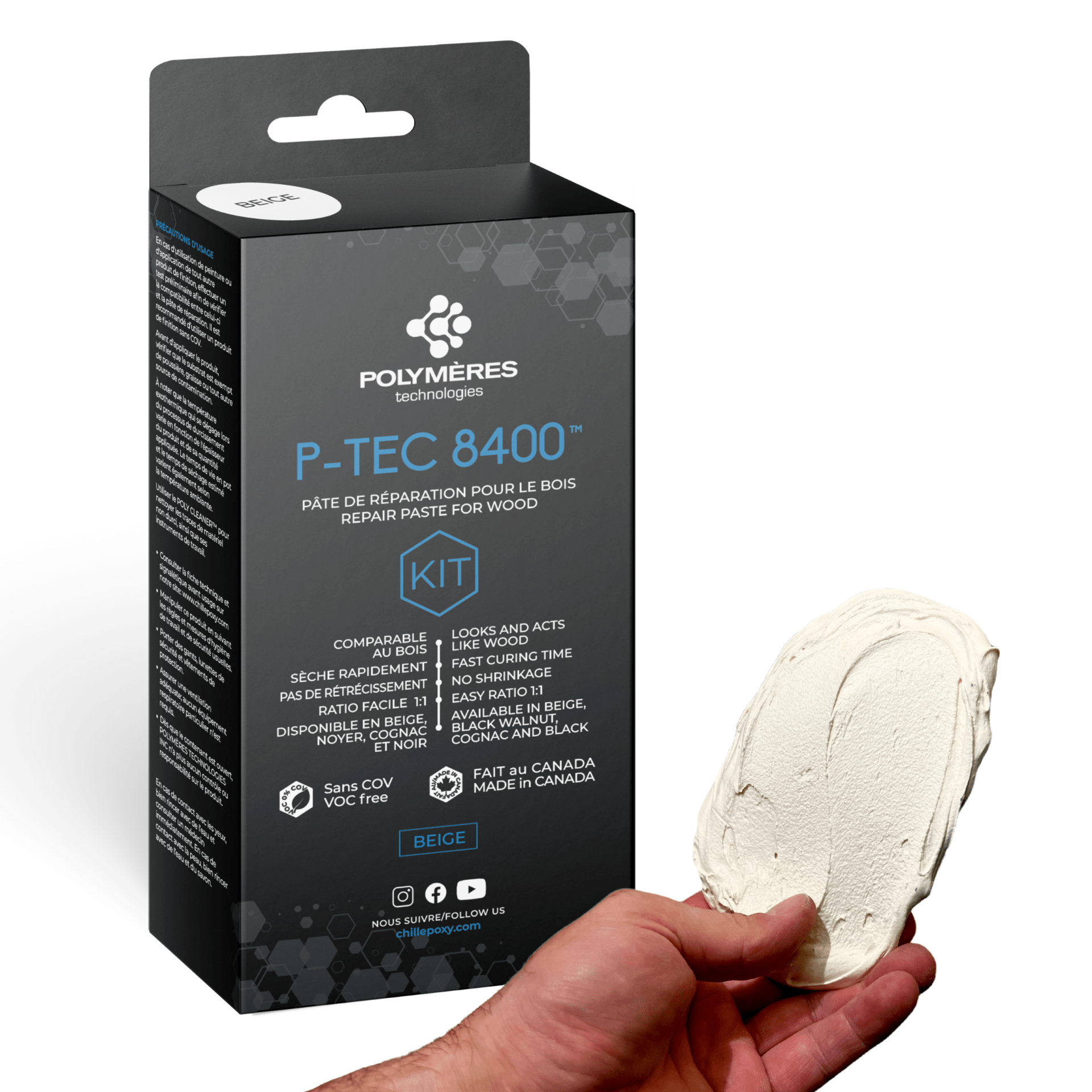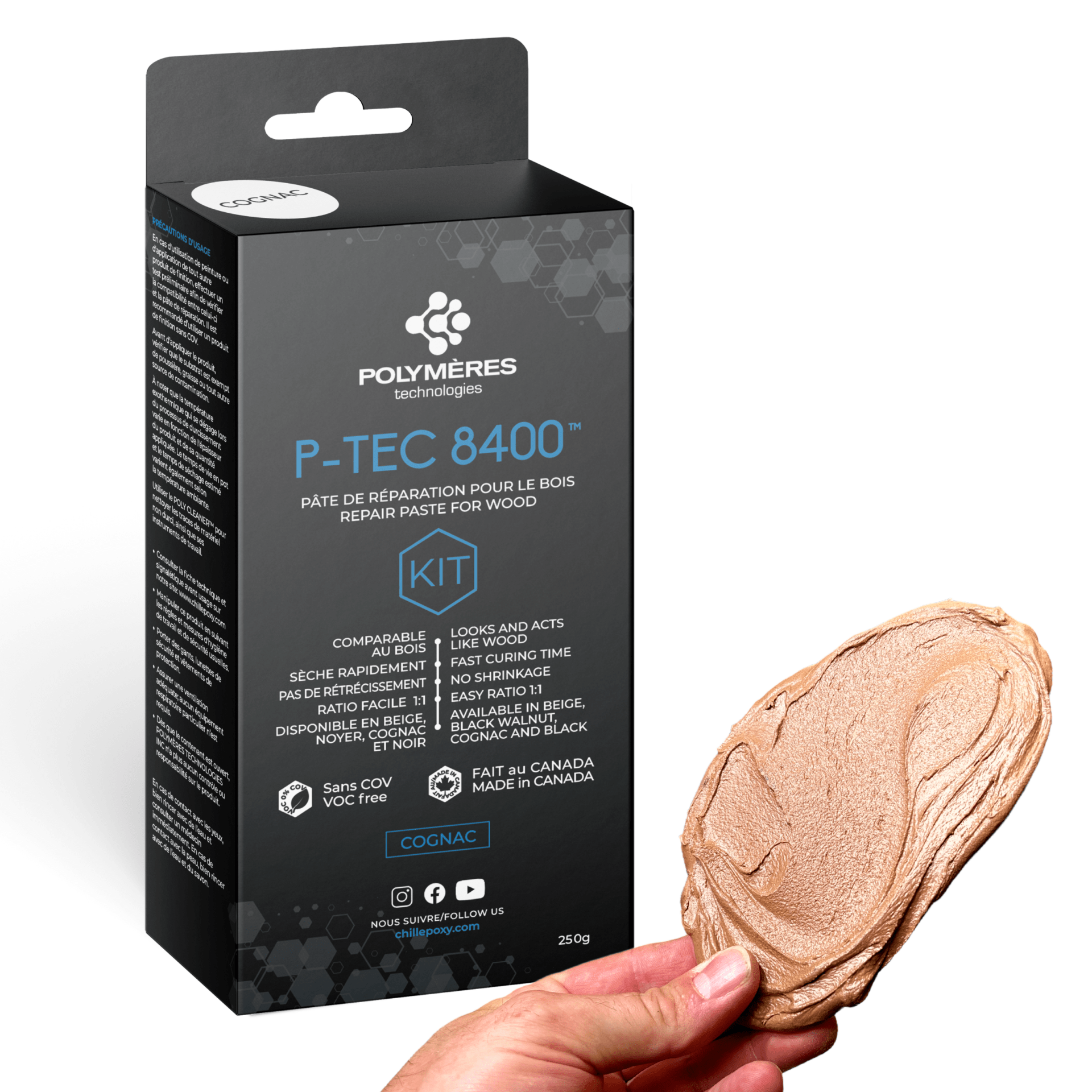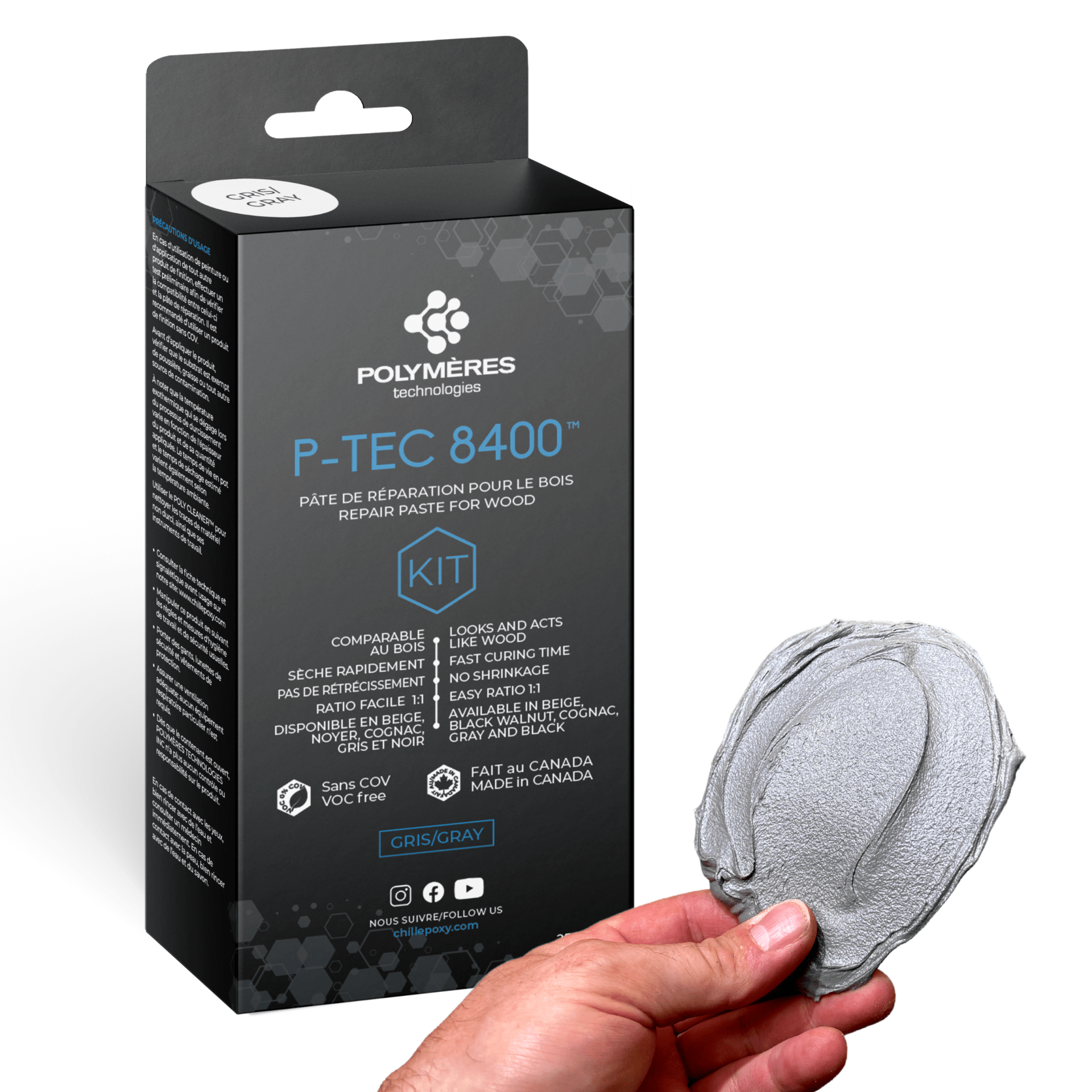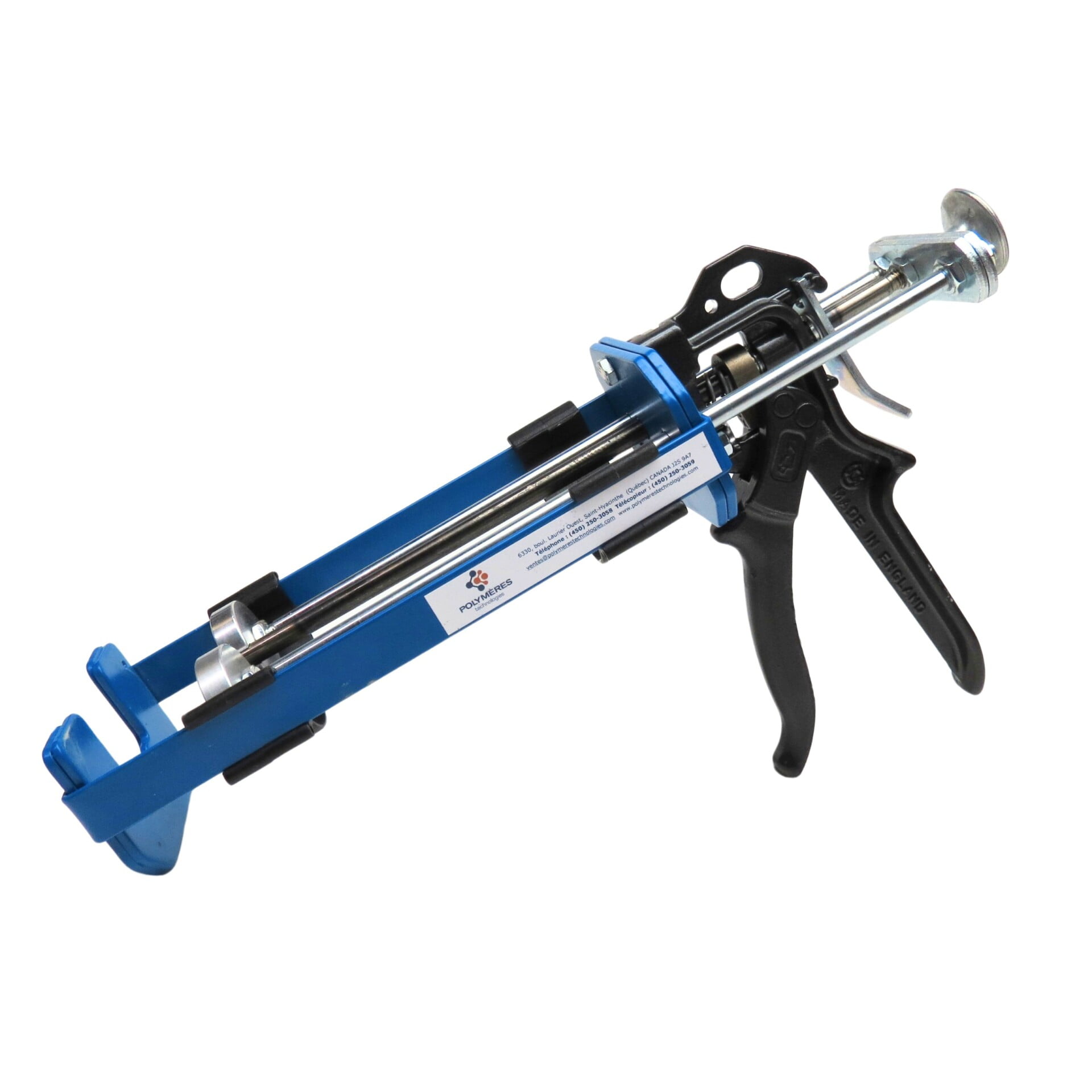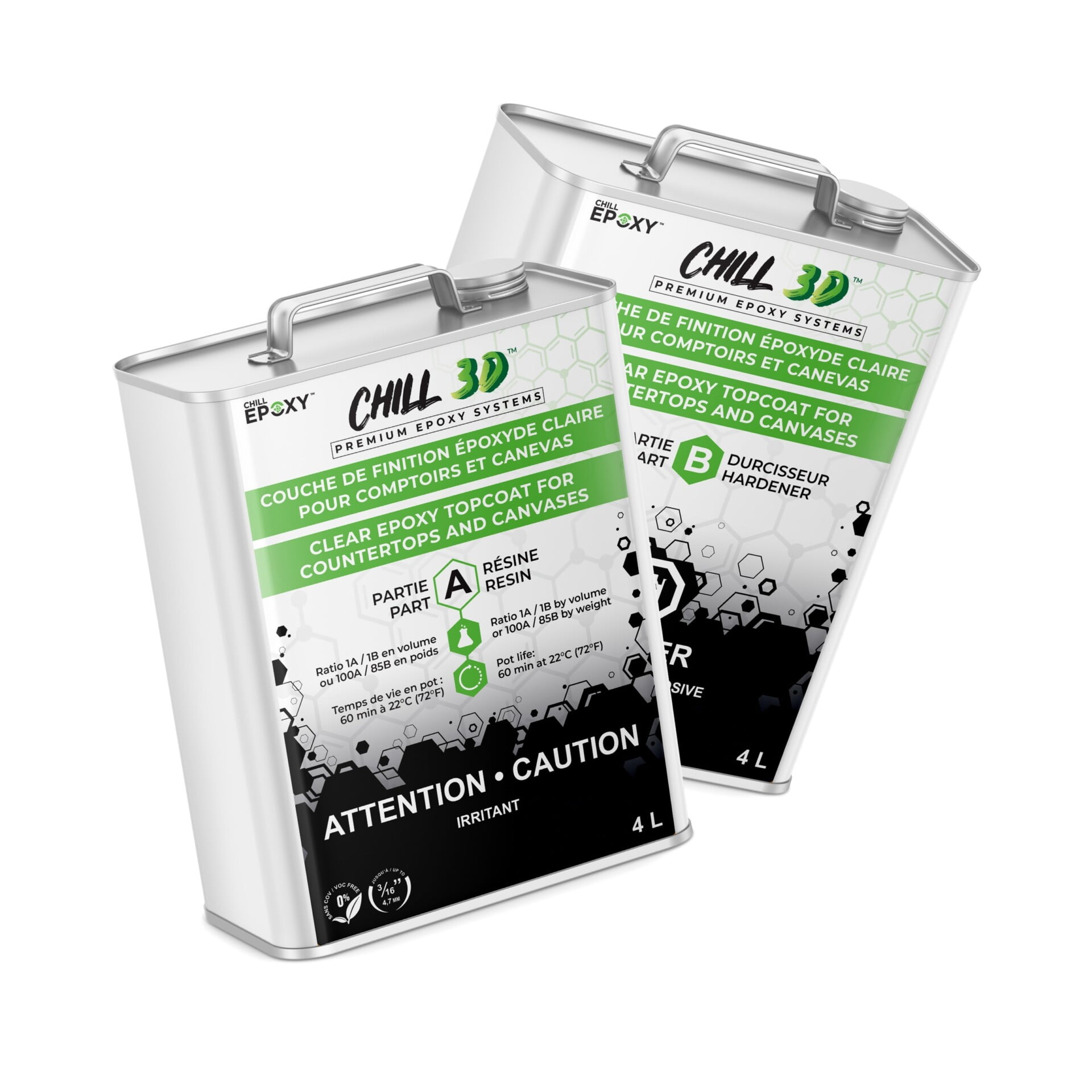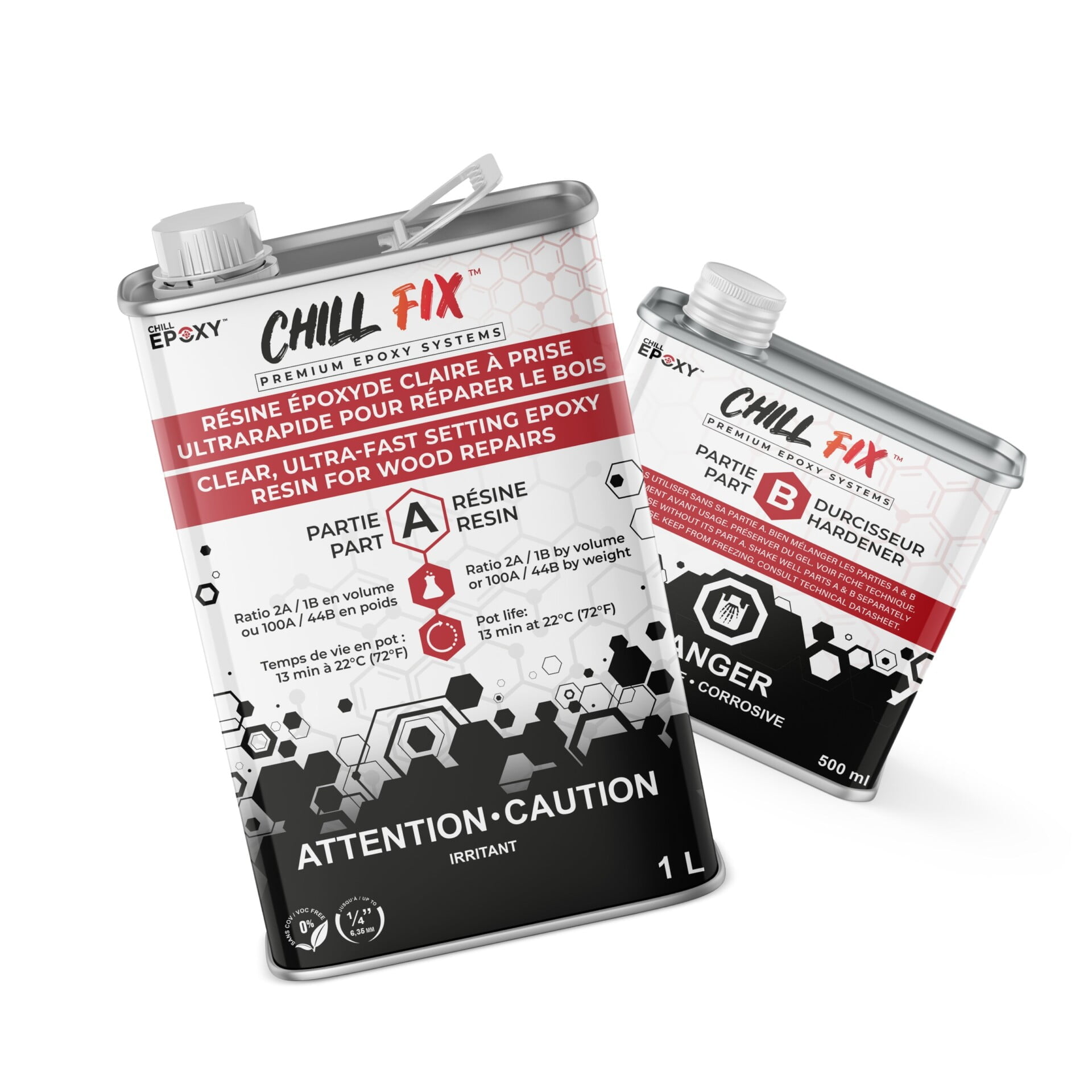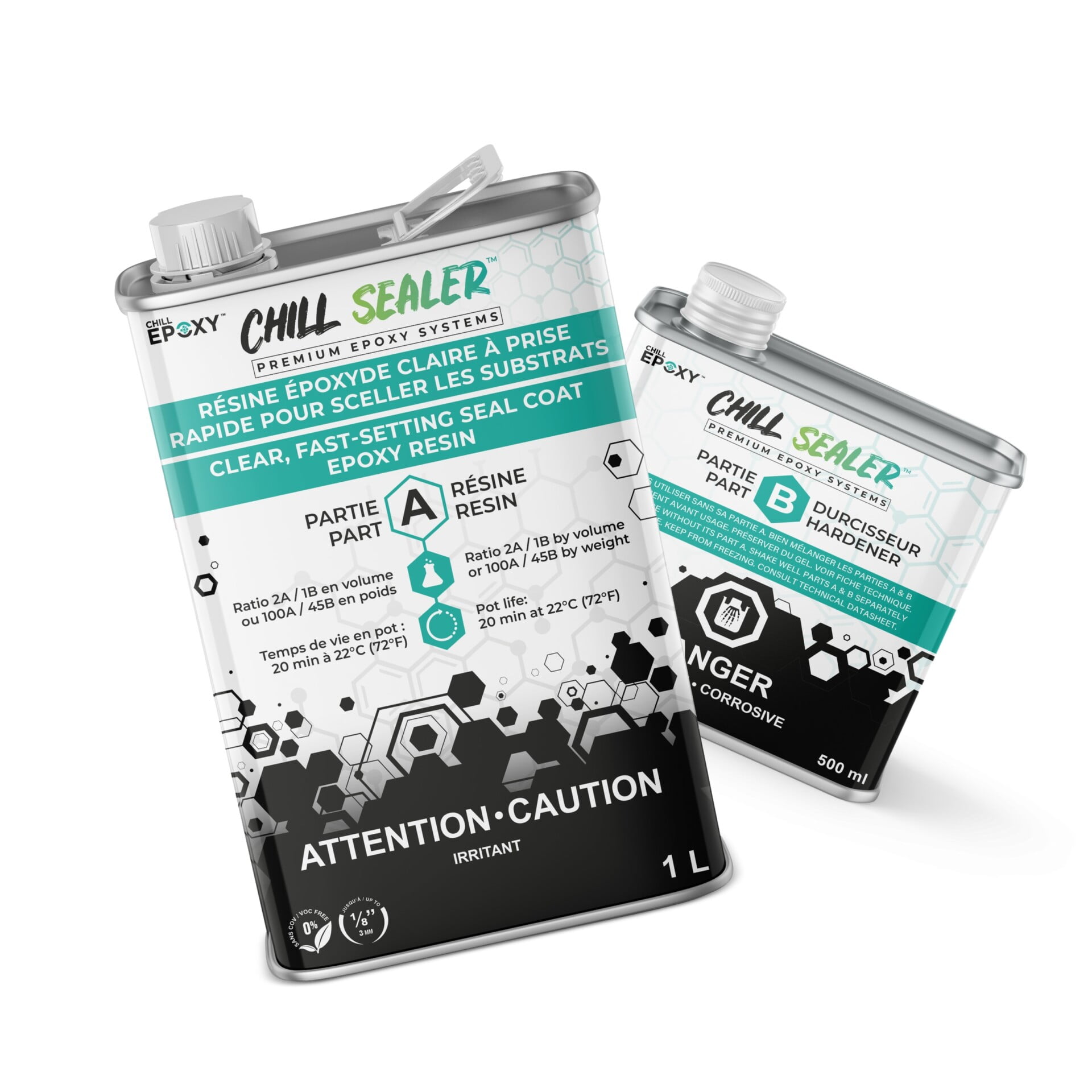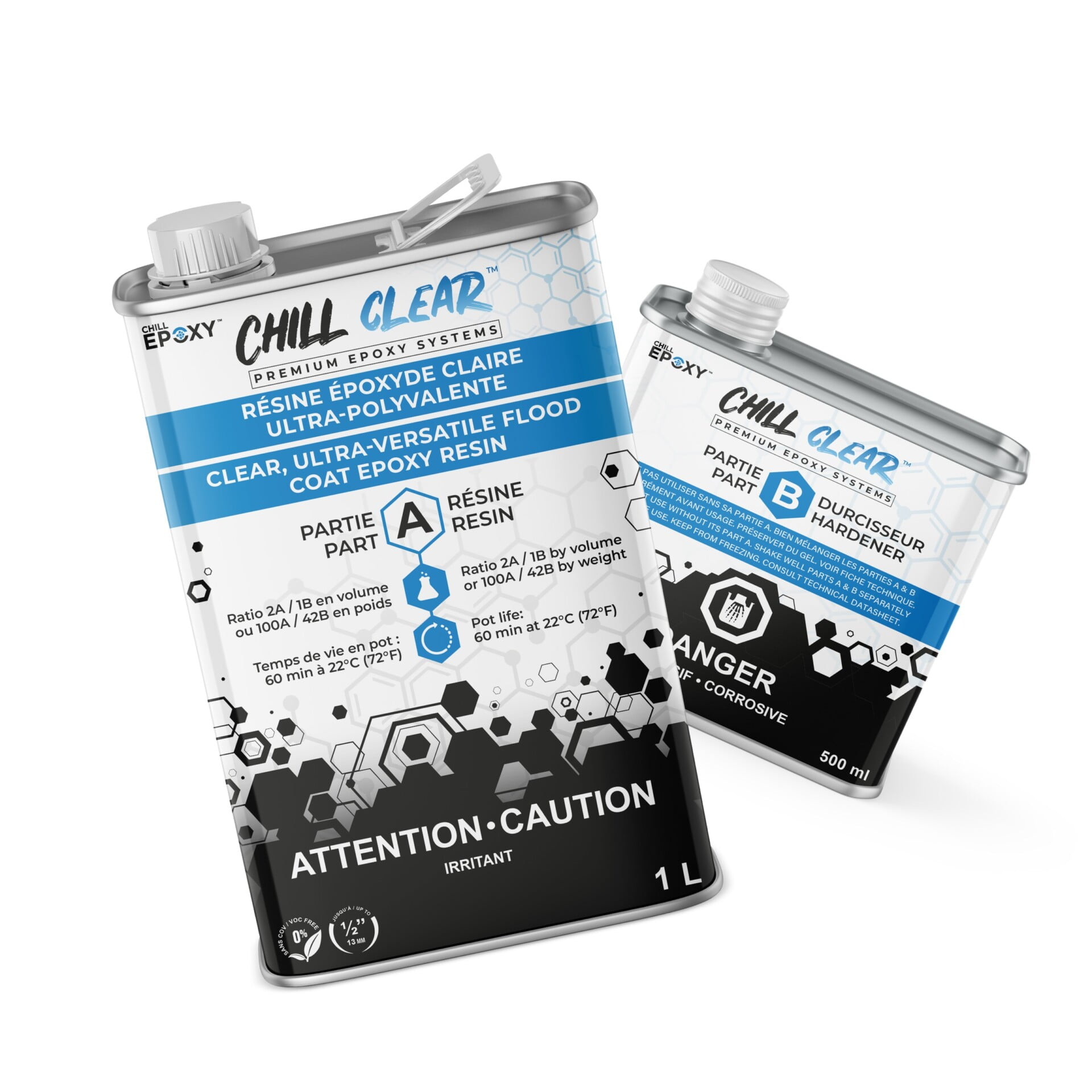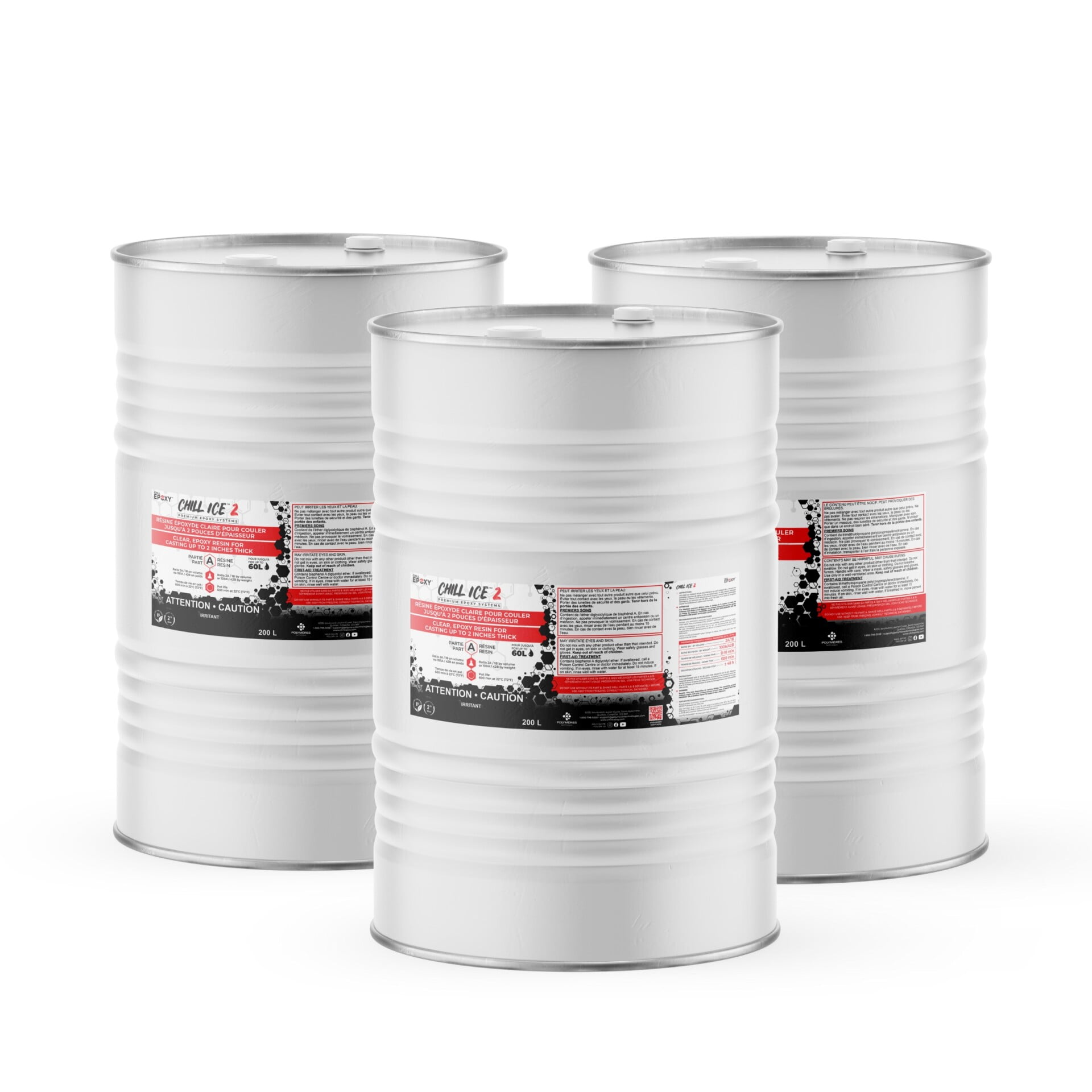FAQ, Getting started
How to use epoxy resin?
How to Use Epoxy Resin: Tips and Techniques for Strong and Long-Lasting Bonds
How to use epoxy resin? Epoxy is a popular and reliable adhesive used in many different applications, from woodworking and automotive repair to boat and airplane construction. Its exceptional bonding strength and ability to withstand high temperatures and harsh environments make it a go-to choice for many DIY enthusiasts and professionals. However, to achieve the best results, it is essential to follow the correct techniques and procedures when working with resins. In this article, we will cover the basics of using epoxy, including how to prepare it, apply it, and finish it, as well as some helpful tips and tricks to ensure a strong and long-lasting bond.
Epoxy is a strong, versatile adhesive that is commonly used in a variety of applications, including woodworking, automotive repair, and even in the construction of boats and airplanes. It is known for its excellent bonding strength and ability to withstand high temperatures and harsh environments. In this blog post, we will cover the basics of using epoxy, including how to mix it, apply it, and finish it.
Table of Contents
- Introduction
- Preparing the Epoxy
- Reading the Instructions
- Mixing the Resin and Hardener
- Applying the Epoxy
- Choosing the Right Tools
- Applying Evenly and Smoothly
- Finishing the Epoxy
- Curing Time and Instructions
- Sanding, Painting, and Finishing
- Tips for Using Epoxy
- Working in a Well-Ventilated Area
- Wearing Gloves and Protective Eyewear
- Removing Excess Epoxy
- Using Slow-Setting Epoxy for Large Surfaces
- Using Fast-Setting Epoxy for Small Repairs
- Before You Begin…
- Familiarizing with the Safety and Technical Data Sheets
- Ensuring Suitable Ambient Temperature and Humidity
- Proper Surface Preparation
- Proper Embedments
- Curing Time and Trapped Air
- Using Heat Gun or Blow Torch
- Safety Precautions
- How Much Resin to Use
- Conclusion
- FAQs
1. Introduction
Epoxy is a versatile and strong adhesive that is commonly used in a wide range of applications. It is made up of two components: resin and hardener, which are mixed together to create a strong bond that can withstand high temperatures and harsh environments. In this article, we will provide you with tips and techniques on how to use epoxy for various projects, including woodworking, automotive repair, and boat and airplane construction.
2. Preparing the Epoxy
Before you start using epoxy, it is crucial to read and follow the instructions on the package carefully. The instructions will provide you with the correct ratios of resin and hardener to use, as well as any specific instructions for the particular brand or type of epoxy resins you are working with. In general, most epoxy systems require a 2:1 ratio of resin to hardener, but this can vary depending on the product. Once you have determined the correct ratio, measure out the appropriate amounts of resin and hardener and mix them together thoroughly. Epoxy should be mixed in a disposable container, as it is challenging to remove once it has cured.
3. Applying the Epoxy
Once the epoxy is mixed, you can begin applying it to your project. Epoxy can be applied using a variety of tools, including a brush, roller, or even a spatula. It is important to apply the epoxy evenly and smoothly to ensure a strong bond. If you are working with a large surface area, you may want to consider using a roller to apply the epoxy in a thin, even layer.
4. Finishing the Epoxy
Once the epoxy has been applied, it is crucial to allow it to cure according to the product’s instructions. This usually involves allowing the epoxy to sit undisturbed for a certain amount of time, usually several hours or even days, depending on the type of epoxy, as well as the temperature and humidity of the environment. Once the epoxy has fully cured, it can be sanded, painted, or otherwise finished as desired.
5. Tips for how to use epoxy resin?
To ensure the best results when working with epoxy, here are some helpful tips and techniques to keep in mind:
– Work in a Well-Ventilated Area
Epoxy can release fumes during the curing process, so it is essential to work in a well-ventilated area to avoid breathing in these fumes. While CHILL EPOXY products do not require wearing a mask, it is always best to err on the side of caution and work in a well-ventilated space.
– Wear Gloves and Protective Eyewear
Epoxy can be harmful to your skin and eyes, so it is crucial to wear gloves and protective eyewear when working with it.
– Removing Excess Epoxy
If you need to remove excess epoxy, use a scraper or putty knife while the epoxy is still wet. Once it has cured, it can be challenging to remove.
– Using Slow-Setting Epoxy for Large Surfaces
If you are working with a large surface area, consider using a slow-setting epoxy, as it will give you more time to work with the material before it begins to cure.
– Using Fast-Setting Epoxy for Small Repairs
If you need to repair a small crack or hole, consider using a fast-setting epoxy like CHILL FIX epoxy, as it will provide a stronger bond and is easier to sand.
6. Before You Begin…
Before starting a project with epoxy, it is essential to familiarize yourself with the safety and technical data sheets, ensuring that instructions are followed correctly. This includes proper ambient temperature, humidity, surface preparation, and embedments.
7. Curing Time and Trapped Air
Depending on the ambient temperature, epoxy can take anywhere from several hours to several days to fully cure. During the curing process, trapped air bubbles can sometimes form in the epoxy. CHILL EPOXY includes advanced technology to help expel entrapped air, but in some cases, using a heat gun or blow torch can help to dispel any remaining bubbles.
8. Safety Precautions
When working with epoxy, it is crucial to take safety precautions to protect yourself from any harm. This includes working in a well-ventilated area, wearing gloves and protective eyewear, and not touching or handling the surface without gloves until it is fully cured.
9. How Much Resin to Use
The amount of resin required for a project can vary depending on the size and shape of the surface being covered. It is essential to estimate the volume of the gap and then allow a little extra to ensure enough resin is available for the project. Areas that are to be filled with resin should be measured approximately in length, with a depth to find the cuboid volume.
10. Conclusion
Epoxy is a versatile and reliable adhesive that can be used for a variety of applications. Following the correct techniques and procedures when working with epoxy can ensure a strong and long-lasting bond. Remember to work in a well-ventilated area, wear protective gear, and take safety precautions to protect yourself from any harm.
11. FAQs How to use epoxy resin?
- Can epoxy be used on all surfaces? Epoxy can be used on many different surfaces, but it is essential to prepare the surface properly before applying the epoxy to ensure a strong bond.
- How long does it take for epoxy to cure? The curing time for epoxy can vary depending on the type of epoxy and the ambient temperature and humidity. Typically, epoxy can take several hours to several days to fully cure.
- How do I remove excess epoxy? Excess epoxy can be removed while it is still wet using a scraper or putty knife. Once the epoxy has cured, it can be challenging to remove.
- Can epoxy be sanded or painted? Yes, once epoxy has fully cured, it can be sanded, painted, or otherwise finished as desired.
- Can I use epoxy for outdoor projects? Yes, epoxy can be used for outdoor projects, but it is essential to use a UV-resistant epoxy to prevent damage from sunlight.
- Is it necessary to use a slow-setting epoxy for large surfaces? Using a slow-setting epoxy for large surfaces is recommended, as it will give you more time to work with the material before it begins to cure.
- Can I use a blow torch to dispel trapped air in the epoxy? Yes, a blow torch or heat gun can be used to dispel trapped air in the epoxy. However, it is essential to use them with caution and only use a light pass.
- Do I need to wear a mask when working with epoxy? While CHILL EPOXY products do not require wearing a mask, it is always best to work in a well-ventilated area to avoid breathing in any fumes.
- How much resin should I use for my project? The amount of resin required for a project can vary depending on the size and shape of the surface being covered. It is essential to estimate the volume of the gap and then allow a little extra to ensure enough resin is available for the project.
- Can epoxy be used to repair wood? Yes, epoxy can be used to repair wood, but it is essential to ensure that the wood is properly prepared and dried before applying the epoxy.
By following these tips and techniques, you can use epoxy to create strong, long-lasting bonds for a variety of applications. Remember to always take proper safety precautions and follow the manufacturer’s instructions for best results.


